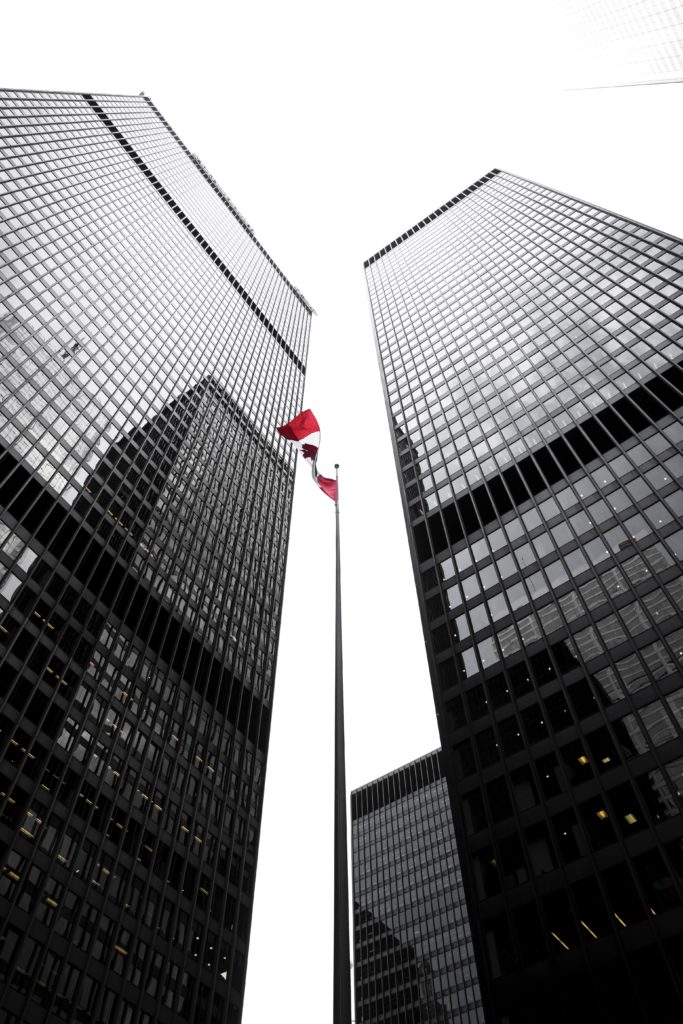We’ve seen considerable changes in the world this week, from markets crashing, oil prices falling, schools closing and borders locking up tight. We’re moving into a different way of life and trends show this isn’t for a week or two. So how can your business stay healthy and grow during these tumultuous times?
Your company needs to prepare for this new reality. This is your opportunity to stand back and think about the future more than ever before. Firstly, look at spending. Have you considered how you can reduce your burn rate? Analyze your revenues. What impact will this ever-changing world have on them? How can you reposition your company to access new revenue streams if some taps are turned off? Government stimulus funding may help you to access the new revenue streams or pivot from the plan.
But it’s not all doom and gloom. The 2008-2009 recession founded Uber, AirBnB and Slack—disruptive businesses that made crazy market conditions work in their favour. Many other companies grew through acquisition and benefited from cheaper assets.
How can you raise the capital to grow and grab the opportunities during COVID-19?
Most outside money, such as that acquired through Angel Investors or VCs, requires the kissing of many frogs. You have to meet a large number of people (typically face to face) to build understanding, trust and to secure funding. An obvious no-no in the age of social distancing.
Last week our company was scheduled to host three big investor events. The first one on Tuesday was attended by fifty people in Vancouver, the second on Wednesday with twenty in Calgary. Then the third back in Vancouver had to be cancelled as a result of the COVID-19 lockdown. At the rate this virus is going, traditional fundraising needs to be turned on its head for businesses to get funding and thrive.
Crowdfunding may be the perfect solution to raise capital from a large number of investors across the whole country without meeting them face-to-face. The whole fundraising process takes place online—from reviewing the offering documents, signing the contracts and paying the fees. It can all take place at a virtual level. This provides social distance for the investor and well as the company’s employees and lawyers.
Crowdfunding works best when you can tell a story that people believe in. This is certainly the case for retail investors who want to support what they agree with and love. For larger investors, they are often looking for deal flow. A crowdfunding platform can provide both. Providing a video alongside a campaign is a great way to showcase a passionate team and to understand their why statement. The “why” is vital because it motivates companies through bad times as well as the good.
It is important to tell your story and make it relevant to the current reality, but you need to be authentic too. Next week we are launching an equity crowdfunding campaign for a pain-free needle. The device is pre-dosed and has an enclosed sharp; therefore, it doesn’t require sharps disposal. In the not-too-distant future, there will be a need to vaccinate a large global population quickly. Pain, mis-dosing or sharps disposal in developing countries will be taken out of the equation and the product will be sold at a similar price to a syringe and vial of the drug. PKA SoftTouch, who developed the device, has a story that is natural and resonates in the current landscape.
Breaking through the noise
It is noisy out there. Social media feeds are full of COVID-19 advice and emails acknowledging that every company you have ever dealt with has a COVID-19 policy. This too will pass. Advertising spend is already decreasing. With potential drops in revenue, this does make sense, but the companies that responded best after 2008 were the companies that remained in the market and continued to tell their stories. If you are crowdfunding, it will be easier to get your story out, as you will be competing with fewer companies and lower overall marketing spend.
We are social creatures and working from home, we may look to other ways to stay connected. Business channels such as Slack, LinkedIn and Zoom and social channels such as Instagram and Facebook will be our source of connection. These are the main outreach channels for crowdfunding. The increase in working from home means potential investors could have more time without the daily commute and spend more of it online.
A webinar will replace the in-person events we had to cancel. Potential investors will have the opportunity to ask questions and gain trust and understanding so that they can move forward to invest. A face-to-face launch event scheduled the following week will be live-streamed. This will allow a small group from the company to be present and the larger group of interested investors to meet the team virtually and hear the key information.
Working with the Regulations
Trieste Reading, FrontFundr’s Campaign Coach, raised a good point last week. In Canada, if you crowdfund using the equity crowdfunding exemptions, you can run your campaign for up to 90 days. If your story doesn’t resonate or there are concerns regarding the market conditions, it is tough to pull your campaign out of market. An Offering Memorandum is more expensive to set up, but has a longer time frame, and may allow you to react to this ever-changing market.
While the public markets are seeing bear-like losses, the private markets remain strong. Private companies are the economic growth engines. They must be supported to offset the recession we are either in or soon to enter. Governments and regulators could provide support for private companies in three ways;
- accelerating the proposed changes to increase the amount that can be raised via crowdfunding,
- increasing the amount a retail investor can invest
- and extending the duration for a crowdfunding campaign.
Typical equity crowdfunding investors are in it for the long haul—often 6-10 years. Keep them informed and they will be understanding of the current climate. In the real world, it isn’t always straight-line growth and any given year is likely to have a number of ups and downs.
Now is the time to look closely at your business, to pivot if needed, to preserve cash and to ensure your balance sheet as healthy as possible and ready for raising capital.







